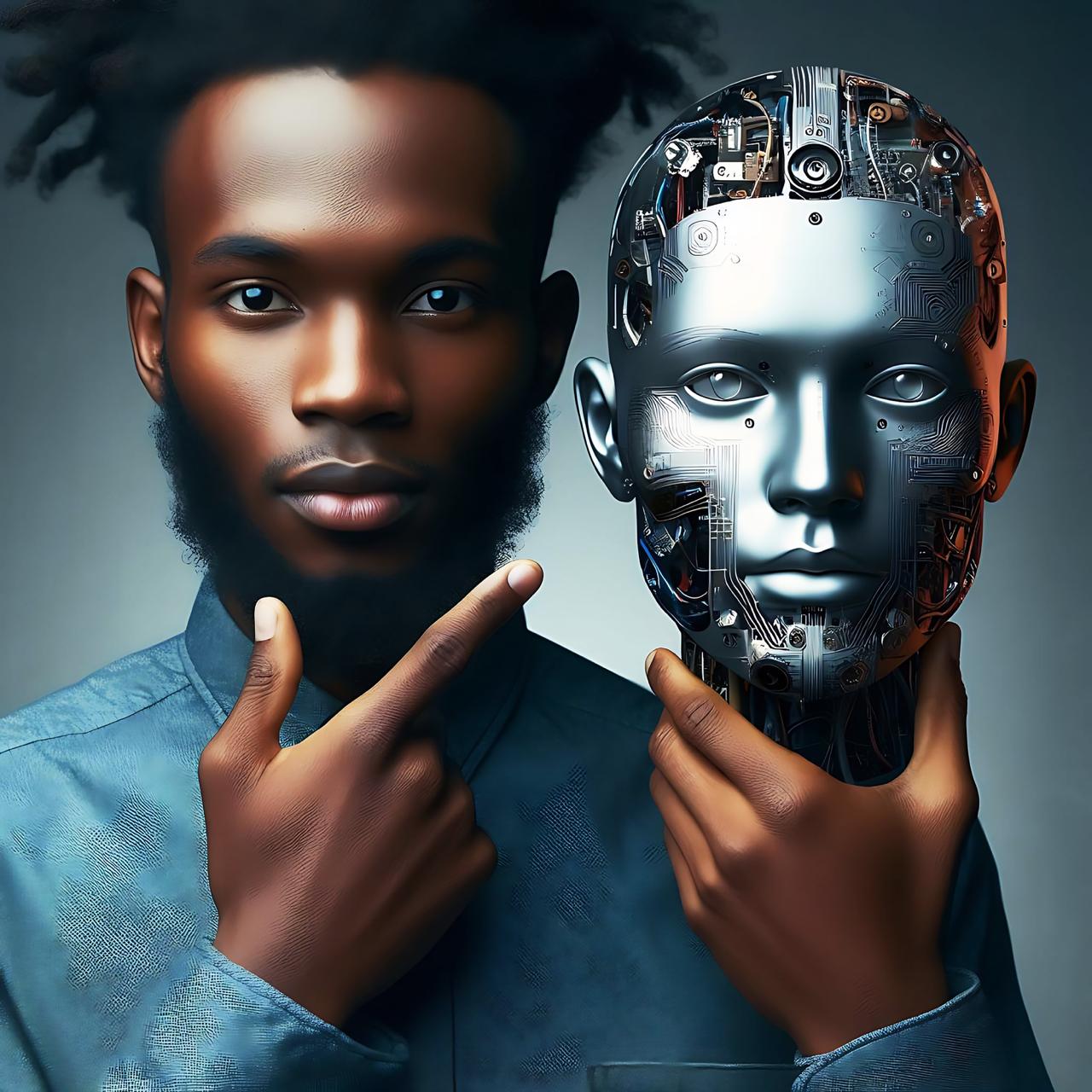
How Artificial Intelligence Is Shaping the Future of Creativity
The days when creativity was limited to the human mind are long gone. Artificial Intelligence (AI) has evolved from just a buzzword into a powerful partner in today’s fast-paced digital world. It’s becoming a trusted co-creator in many creative fields—like fashion, graphic design, branding, and architecture—broadening what designers can achieve. Rather than replacing human creativity, artificial intelligence is enhancing it, allowing for a new kind of teamwork between humans and machines. Welcome to the era of the AI-Designer Duo.
Here are some ways AI is blending with human creativity:
1. The Rise of AI in Creative Fields
Machine Learning tools like Adobe Firefly, Runway, DALL·E, and Midjourney are changing how creative professionals come up with, improve, and test ideas. These tools use machine learning to understand prompts and generate high-quality visuals. For example, a graphic designer can start with a rough sketch or text prompt and get several artificially generated versions of their concept before even opening Photoshop.
2. Boosting Productivity and Workflow
AI helps designers save time by handling repetitive tasks, letting them focus more on strategy and storytelling. Tasks like color correction, background removal, font matching, and layout suggestions can now be automated. Tools like Canva’s Magic Design and Figma’s AI features are especially useful for social media marketers and UI/UX designers. For example, instead of resizing a social media post for each platform manually, artificial Intelligence can instantly create optimized versions for each one.
3. Personalized and Data-Driven Design
AI doesn’t just create—it learns by analyzing data like user behavior, demographics, and engagement stats, and it can help make designs that better connect with target audiences. Marketers use these insights to fine-tune visuals and messages, making campaigns more effective. For instance, machine learning-powered A/B testing tools can adjust ad creatives in real time, helping brands stay fresh and appealing.
4. Changing the Designer’s Role
AI isn’t replacing designers—it’s changing their role. Designers now act more like directors, guiding the AI, shaping its results, and adding emotional and cultural meaning. This creates a new kind of teamwork where human intuition and machine intelligence work together.
Overview
The connection between AI and design is no longer just a test; it’s a major shift. AI boosts creativity, speeds up tasks, and enables more personalized designs. But it doesn’t replace the heart of design: human feeling and imagination. As we move into a future where designers and smart machines collaborate, the goal isn’t to choose one over the other; it’s to learn how to work better together.
The AI-Designer Duo isn’t a threat. It’s the future.
